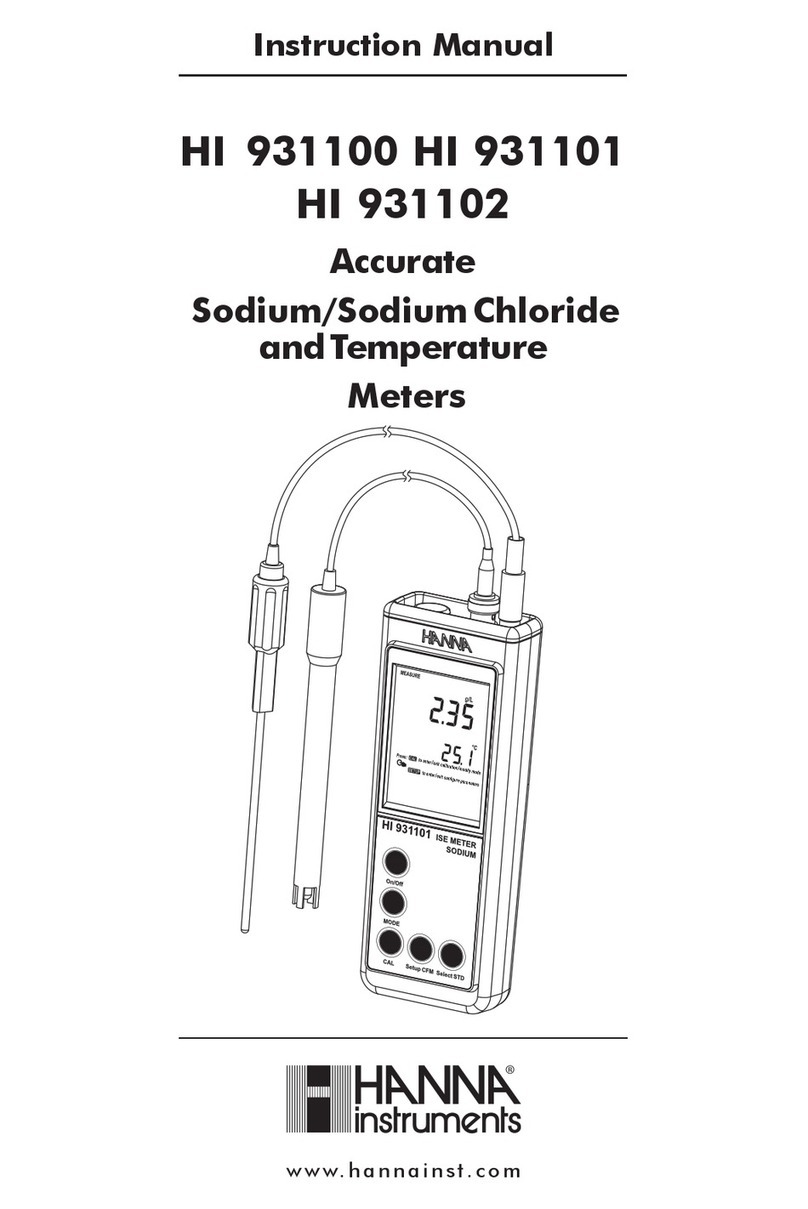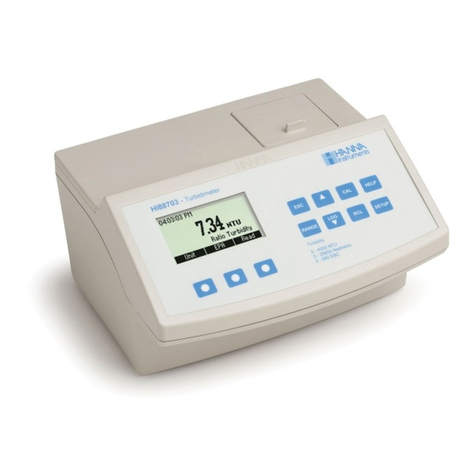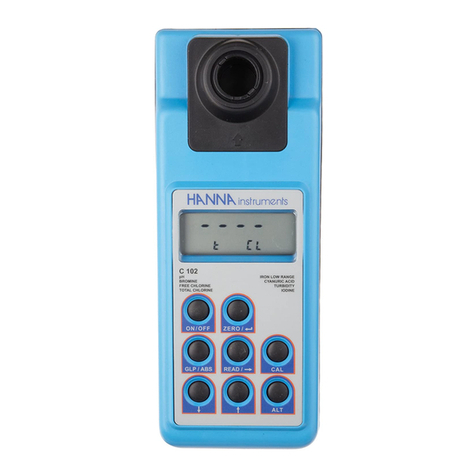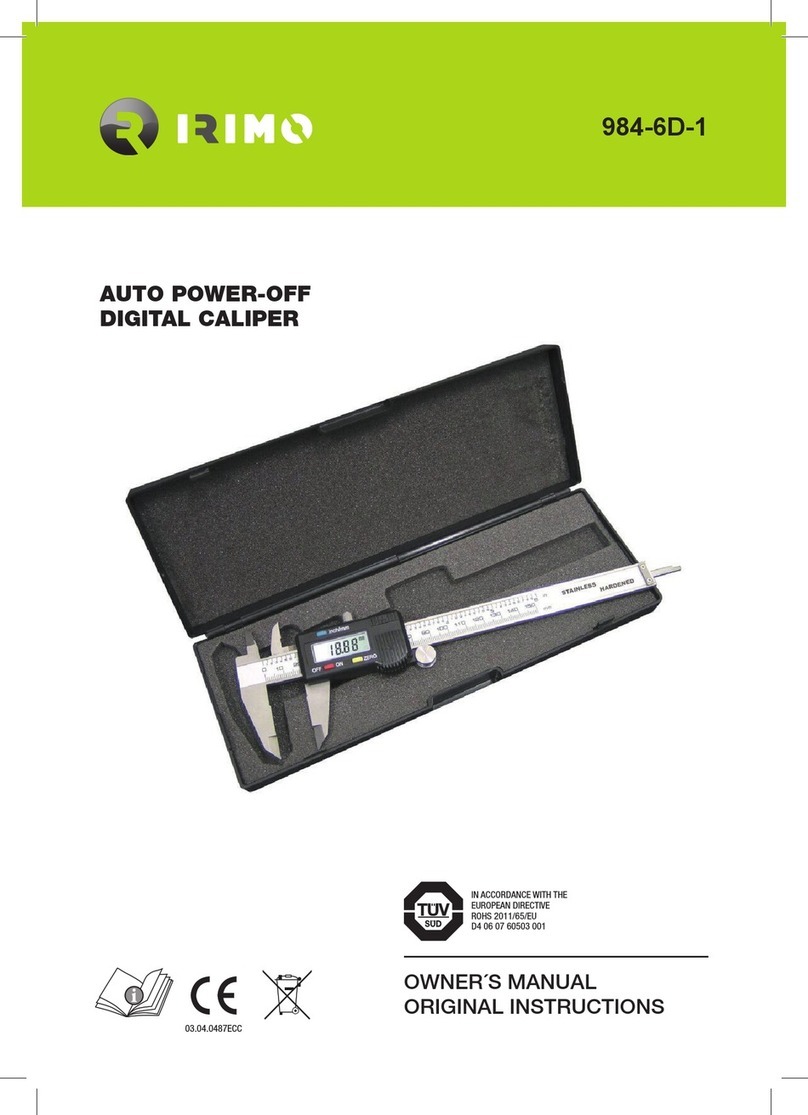Hanna Instruments HI 254 User manual
Other Hanna Instruments Measuring Instrument manuals

Hanna Instruments
Hanna Instruments HI749 User manual
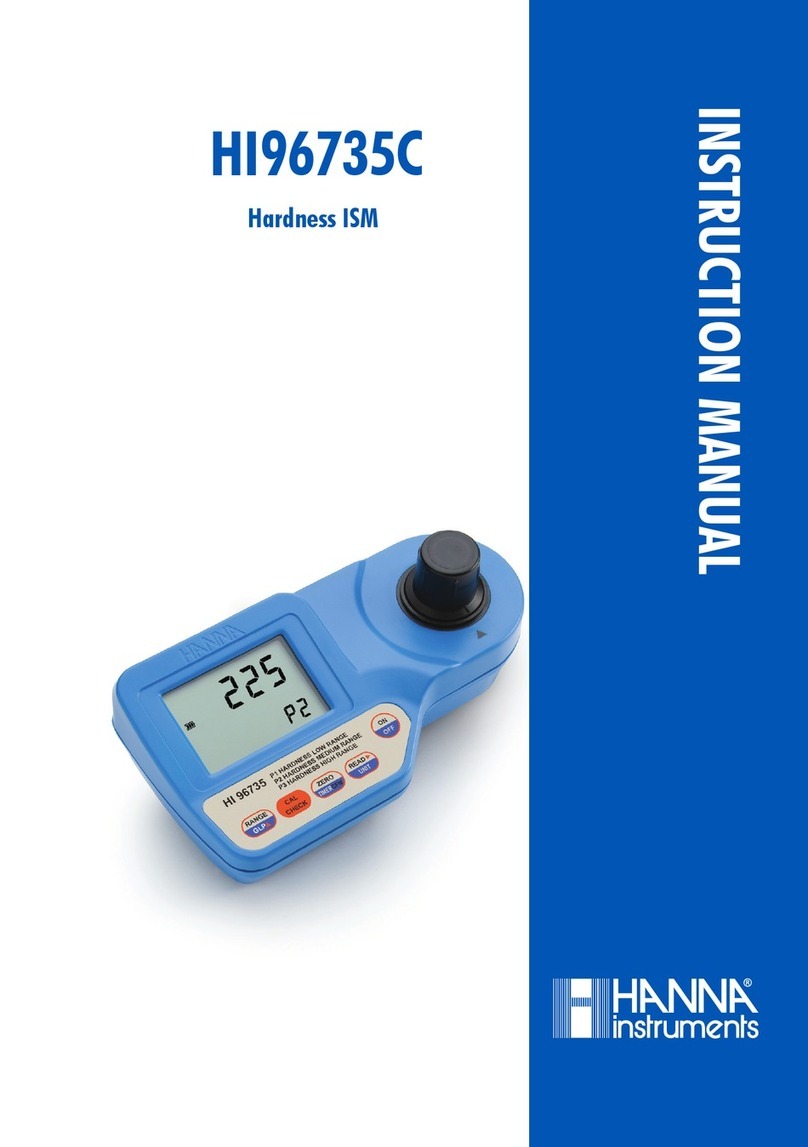
Hanna Instruments
Hanna Instruments HI96735C User manual
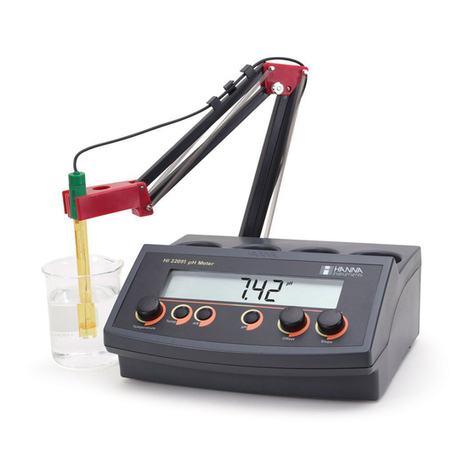
Hanna Instruments
Hanna Instruments HI 2209 User manual
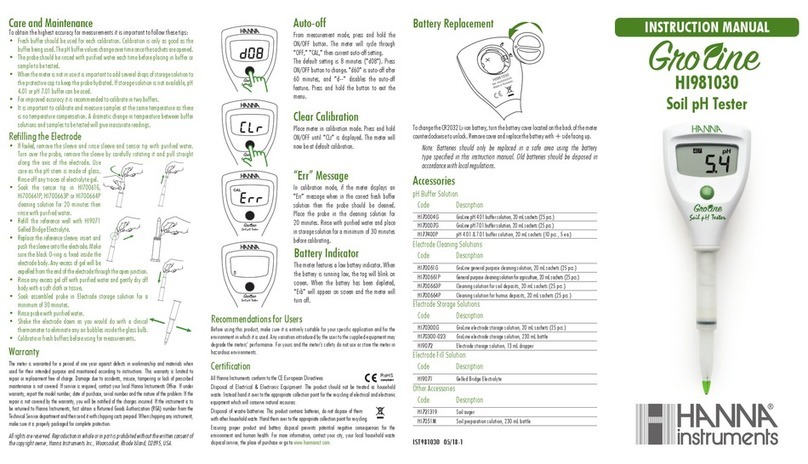
Hanna Instruments
Hanna Instruments Gro Line HI981030 User manual
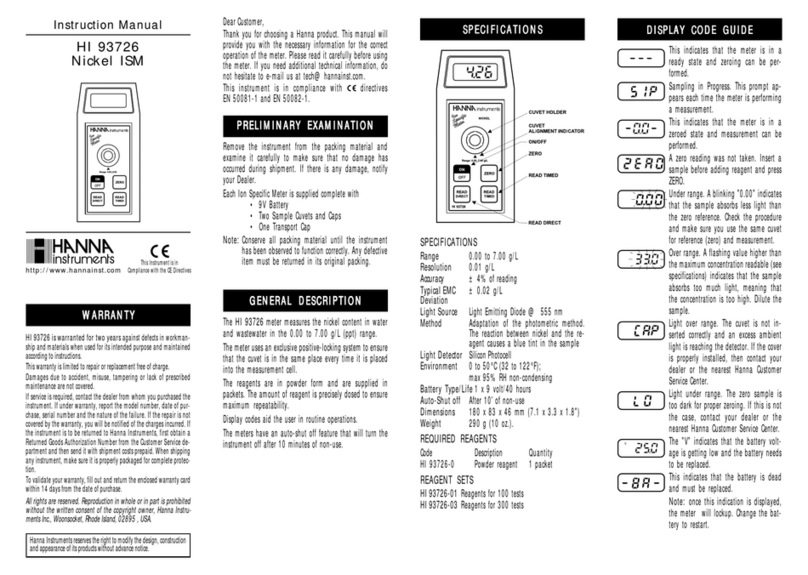
Hanna Instruments
Hanna Instruments HI 93726 User manual

Hanna Instruments
Hanna Instruments HI 95721C User manual
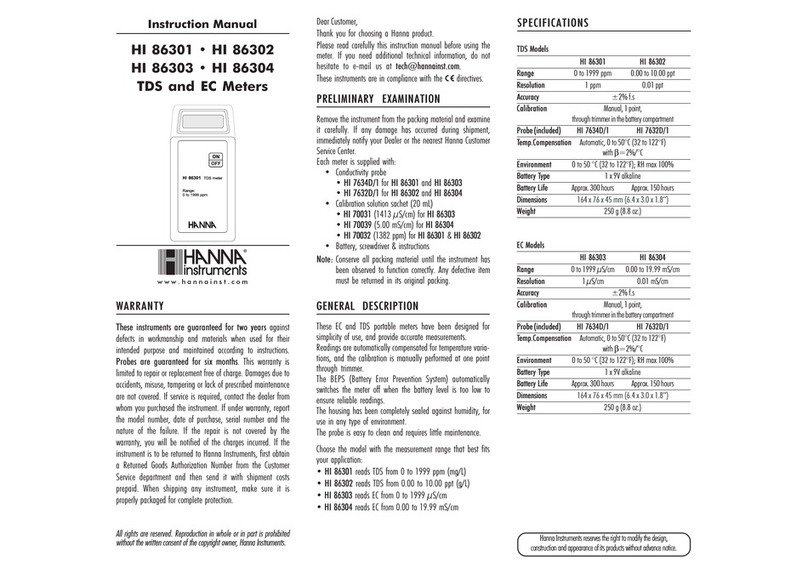
Hanna Instruments
Hanna Instruments HI 86301 User manual

Hanna Instruments
Hanna Instruments HI 99131 User manual
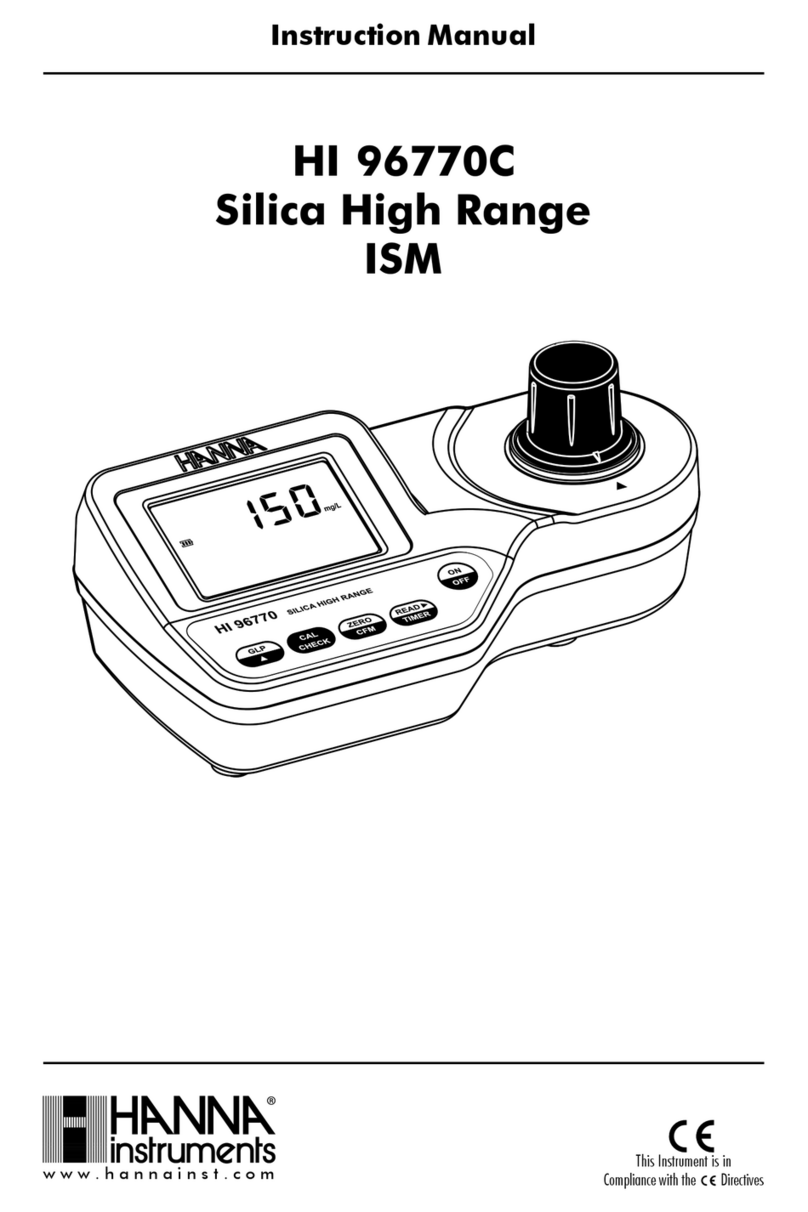
Hanna Instruments
Hanna Instruments HI 96770C User manual
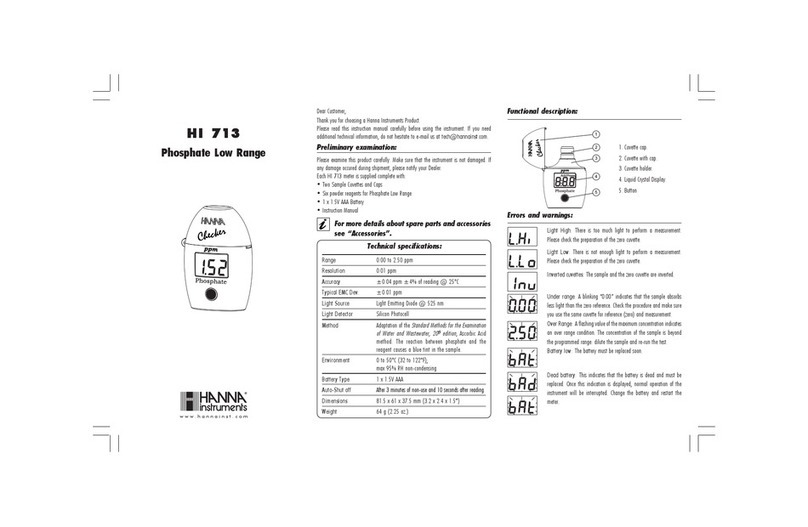
Hanna Instruments
Hanna Instruments HI 713 User manual
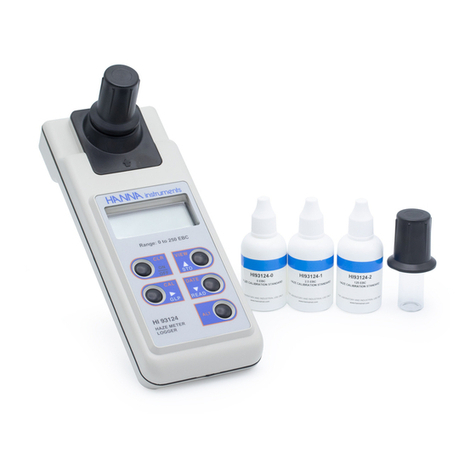
Hanna Instruments
Hanna Instruments HI 93124 User manual
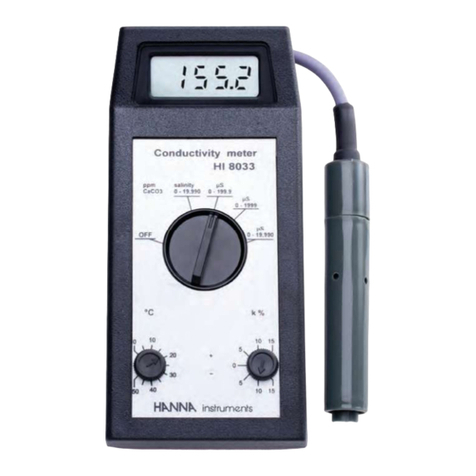
Hanna Instruments
Hanna Instruments HI 8033 User manual
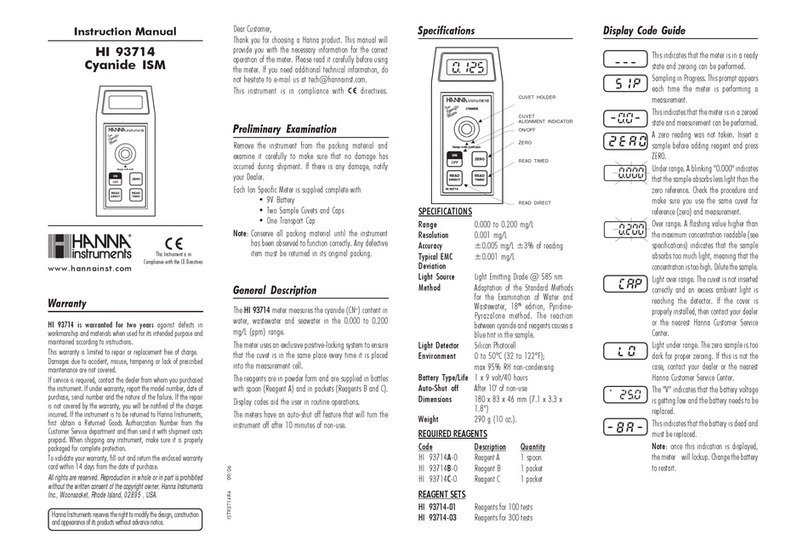
Hanna Instruments
Hanna Instruments HI 93714 User manual

Hanna Instruments
Hanna Instruments HI97725 User manual
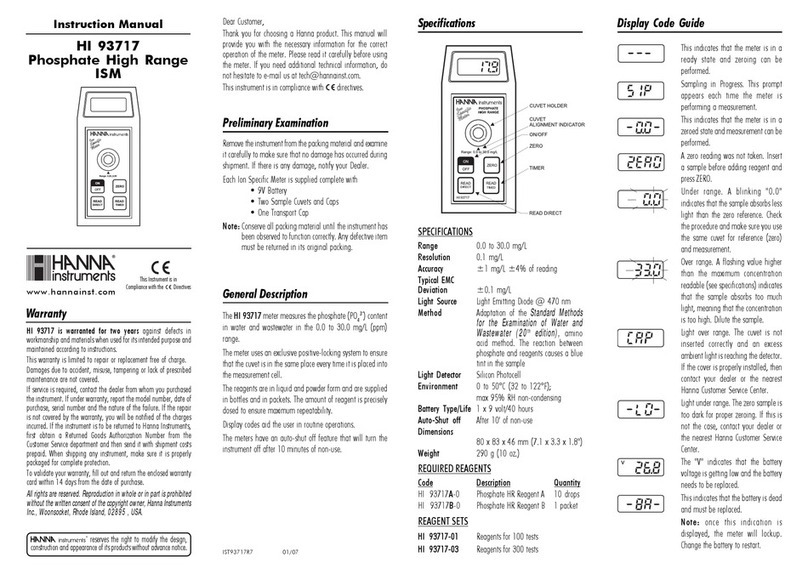
Hanna Instruments
Hanna Instruments HI 93717 User manual
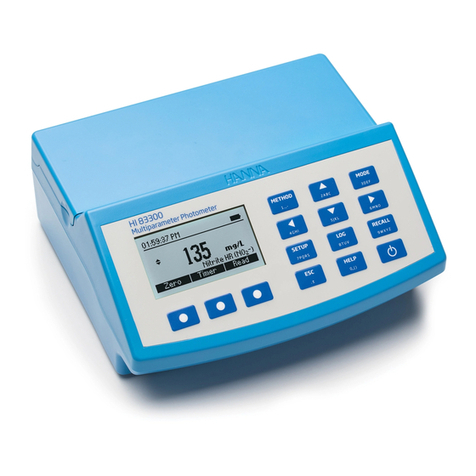
Hanna Instruments
Hanna Instruments HI83300 User manual
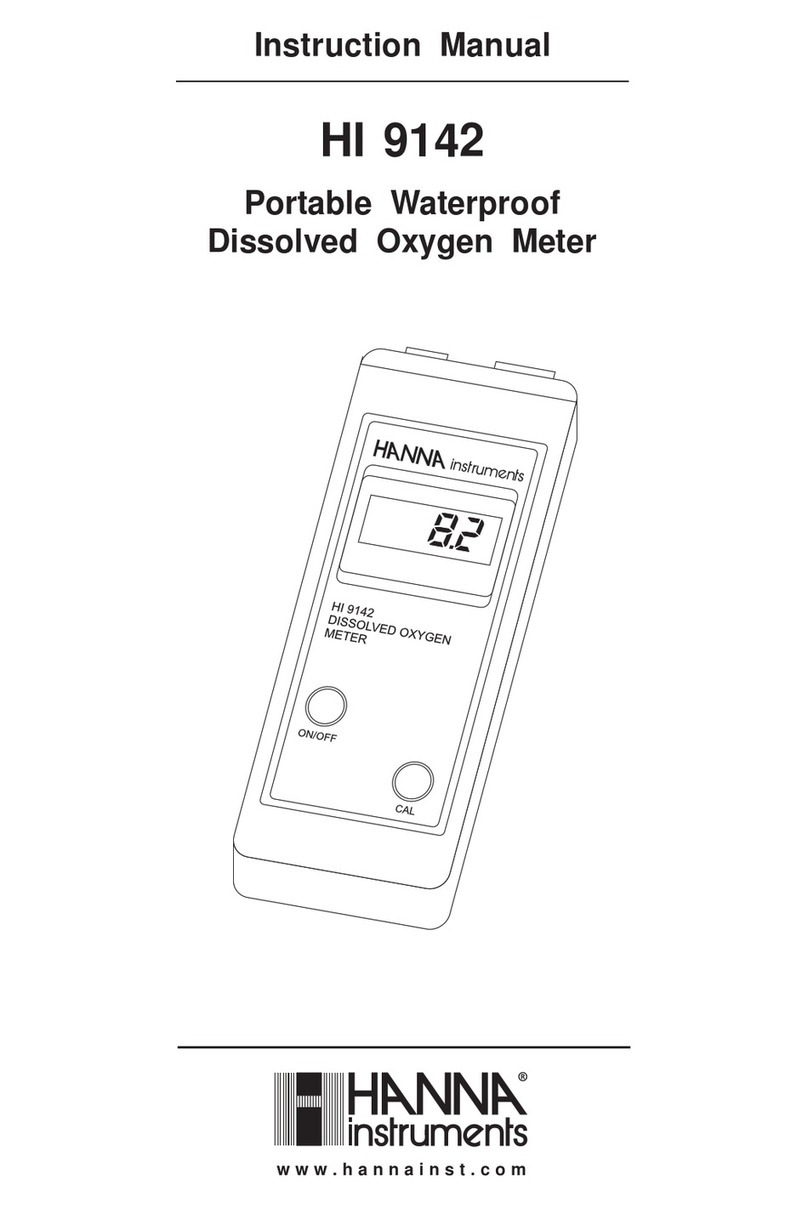
Hanna Instruments
Hanna Instruments HI 9142 User manual

Hanna Instruments
Hanna Instruments HI96816 User manual
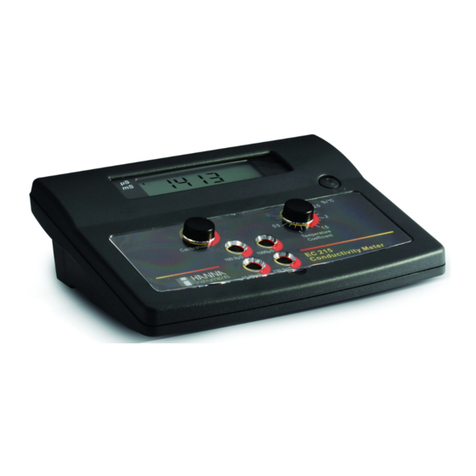
Hanna Instruments
Hanna Instruments EC 214 User manual
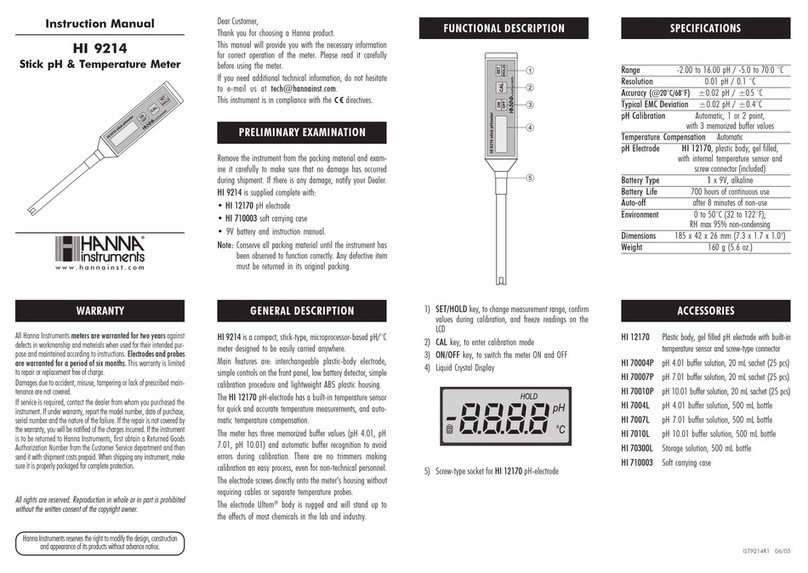
Hanna Instruments
Hanna Instruments HI 9214 User manual
Popular Measuring Instrument manuals by other brands

Powerfix Profi
Powerfix Profi 278296 Operation and safety notes

Test Equipment Depot
Test Equipment Depot GVT-427B user manual

Fieldpiece
Fieldpiece ACH Operator's manual

FLYSURFER
FLYSURFER VIRON3 user manual

GMW
GMW TG uni 1 operating manual

Downeaster
Downeaster Wind & Weather Medallion Series instruction manual

Nokeval
Nokeval KMR260 quick guide

HOKUYO AUTOMATIC
HOKUYO AUTOMATIC UBG-05LN instruction manual

Fluke
Fluke 96000 Series Operator's manual

Test Products International
Test Products International SP565 user manual

General Sleep
General Sleep Zmachine Insight+ DT-200 Service manual

Sensa Core
Sensa Core Lacto Spark user manual

